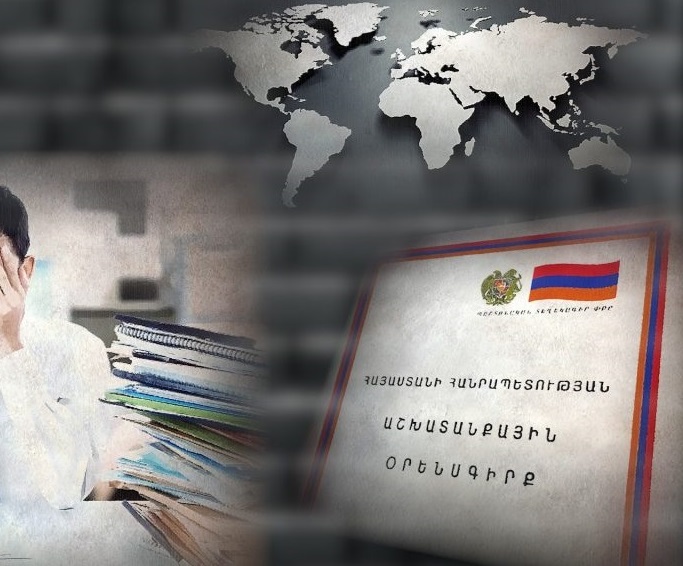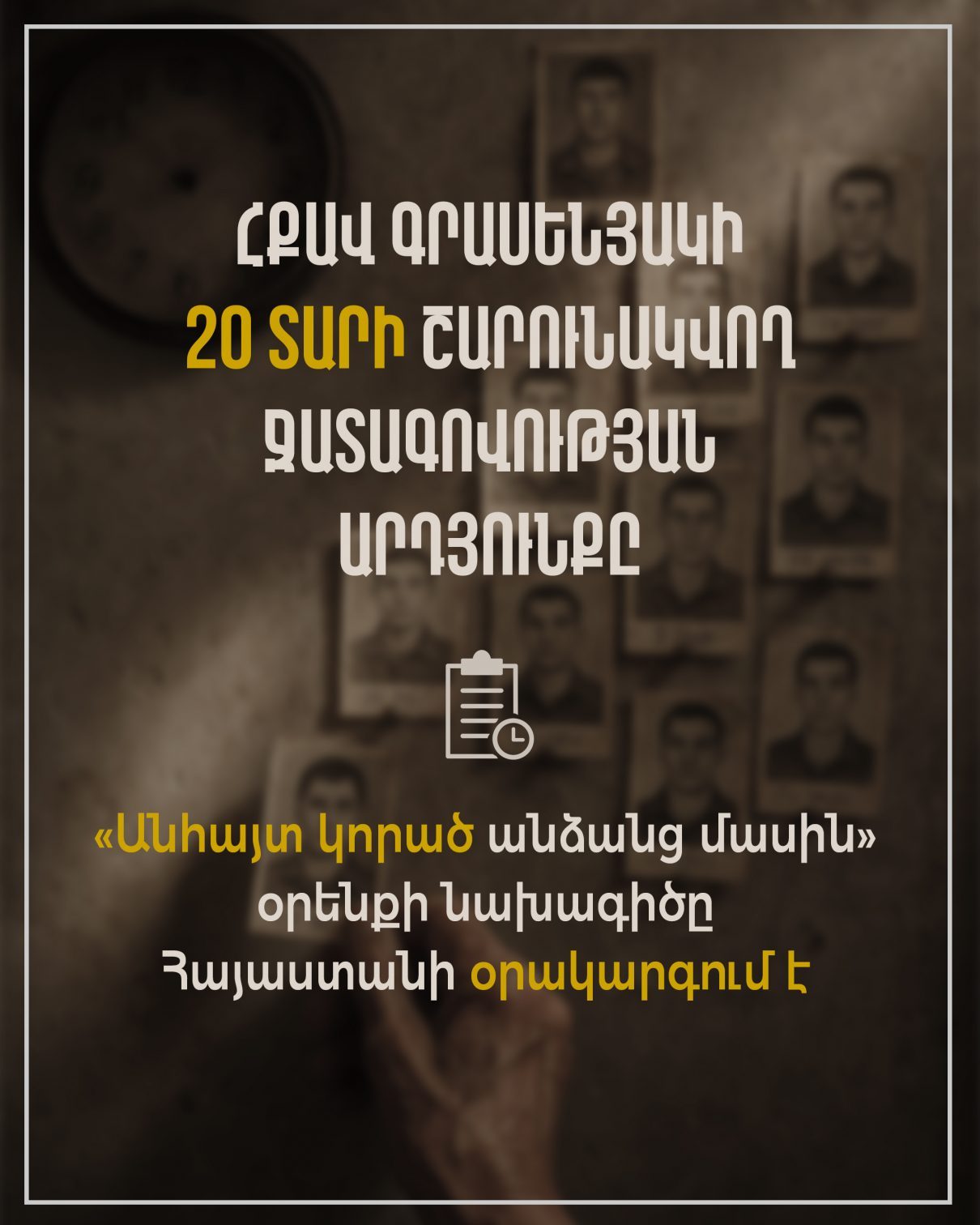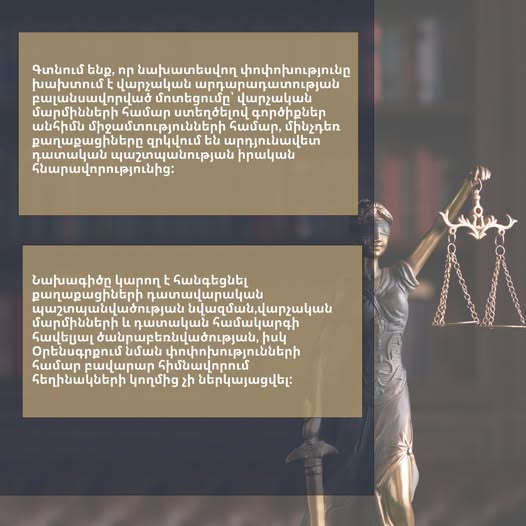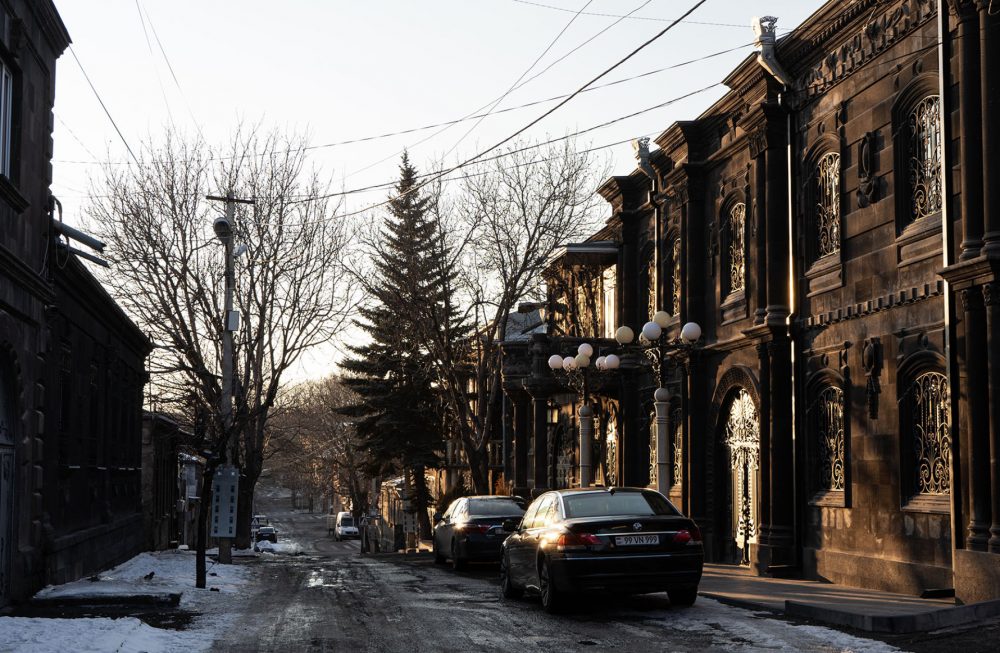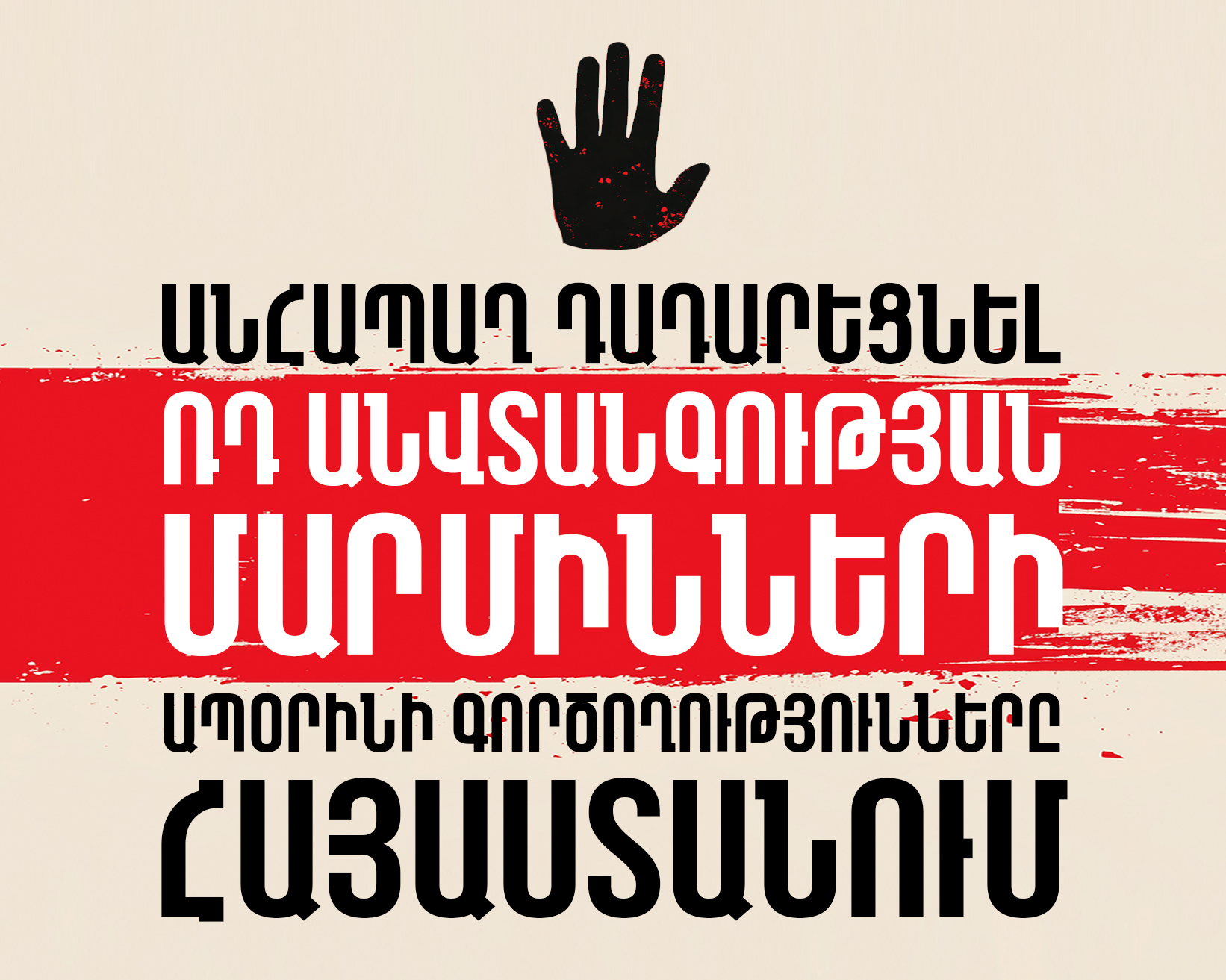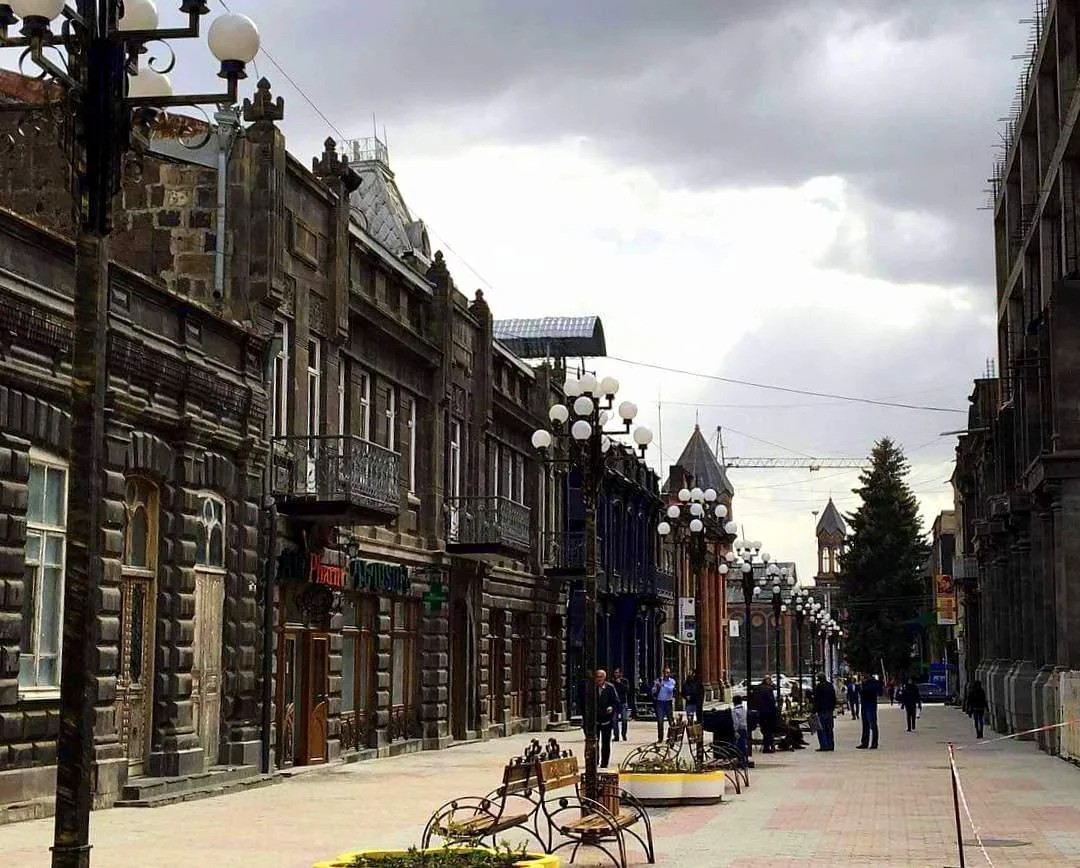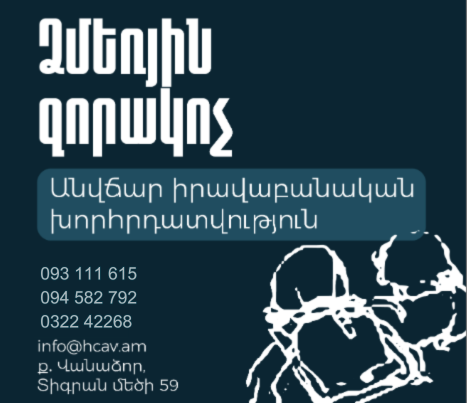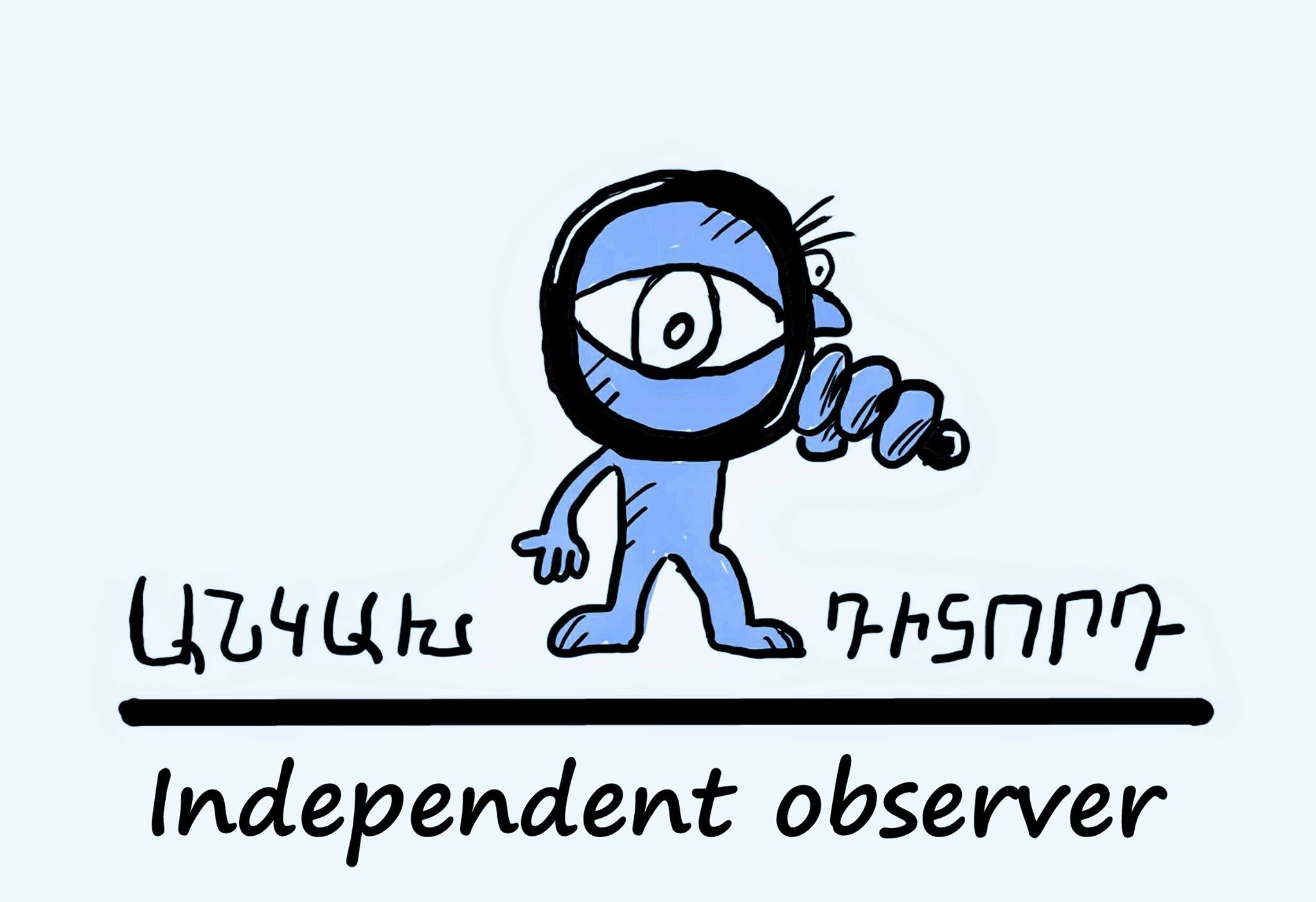




Why Are There No Armenians In Nagorno-Karabakh? Fact-Finding Report Summary
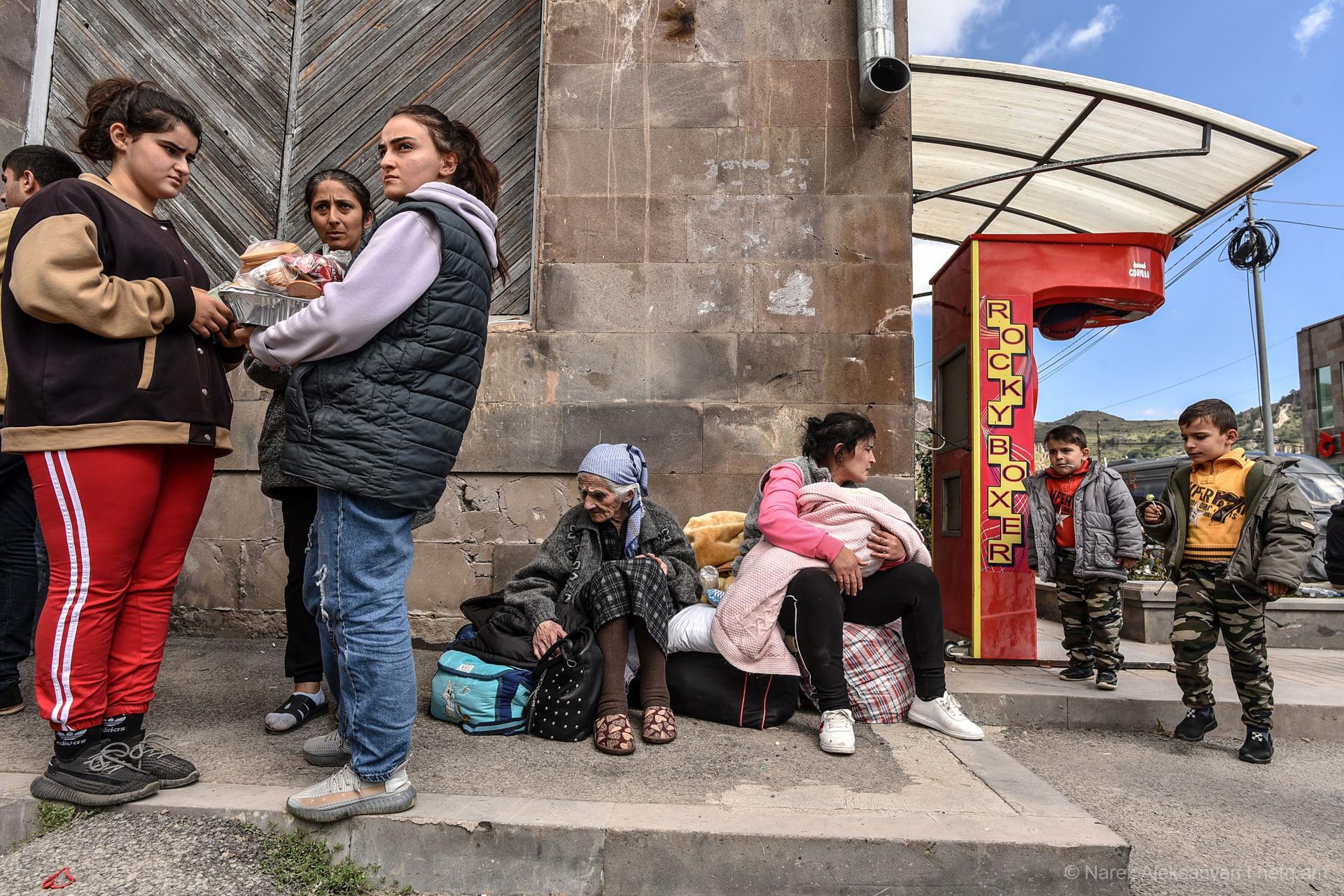
Activities | Reports|Information Papers|Brochures | Current Announcements | Publications | Press Releases | Civilian Oversight and Monitoring
This report examines the situation for ethnic Armenians living in Nagorno-Karabakh for the period starting with the Second Nagorno-Karabakh War in 2020 and through the Azerbaijani military offensive against Nagorno-Karabakh in September 2023 and its aftermath. It is an initial summary with a full, extended report to be released later. Through an international fact-finding effort that included hundreds of witness interviews and open-source data, the analysis aims to answer why there are no ethnic Armenians living in Nagorno-Karabakh as of May 2024. It documents how people in Nagorno-Karabakh were intentionally subjected to regular attacks, intimidation, deprivation of basic rights and adequate living conditions, and forced displacement. The evidence demonstrates that the Azerbaijani state acted upon a comprehensive, methodically implemented strategy to empty Nagorno-Karabakh of its ethnic Armenian population and historical and cultural presence.
This report demonstrates why, at a time when violent conflicts around the world are on the rise, there should be attention focused on the plight of ethnic Armenians from Nagorno-Karabakh. It serves as a record of their experiences while also aiming to strengthen awareness of the documented facts. This is critical in laying the groundwork for future accountability efforts and feeds into global accountability efforts that envision a just society for all.
The observed events happened against the backdrop of a long-lasting dispute over Nagorno-Karabakh that culminated in an armed conflict lasting for 44 days in 2020. The first armed conflict in Nagorno-Karabakh in the early 1990s ended with a cease-fire agreement and the ethnic Armenian authorities controlling the former Nagorno-Karabakh Autonomous Oblast (NKAO) and seven adjacent territories of the Azerbaijani Soviet Socialist Republic. There was international consensus that the dispute should be settled peacefully in the framework of the Organization for Security and Cooperation in Europe (OSCE) Minsk Group, based on the United Nations (UN) and OSCE principles of non-use of force, territorial integrity, and the equal rights and self-determination of peoples as enshrined in the UN Charter and the Helsinki Final Act (1975). Nevertheless, the war that ended on May 12, 1994, with a ceasefire agreement between Nagorno-Karabakh, Armenia, and Azerbaijan, was followed by stagnant negotiations, periodic clashes, and antagonism.
On September 27, 2020, Azerbaijan launched a largescale military operation in Nagorno-Karabakh that ended after six weeks with a ceasefire brokered by Russia. On November 9, 2020, the governments of Armenia, Azerbaijan, and Russia signed a trilateral statement that ended the fighting and established Azerbaijani control over the parts of NagornoKarabakh it captured during the offensive, and seven adjacent territories. As a result, around 30,000 ethnic Armenians were displaced from those areas, and have not been allowed to return. Russian peacekeepers were stationed in the parts that remained under the control of local Nagorno-Karabakh authorities. Around 120,000 ethnic Armenians remained in those areas, which were connected to the Republic of Armenia through the Lachin Corridor. All goods and services flowed into Nagorno-Karabakh through this corridor. It was in this environment that the events discussed in this report took place.



